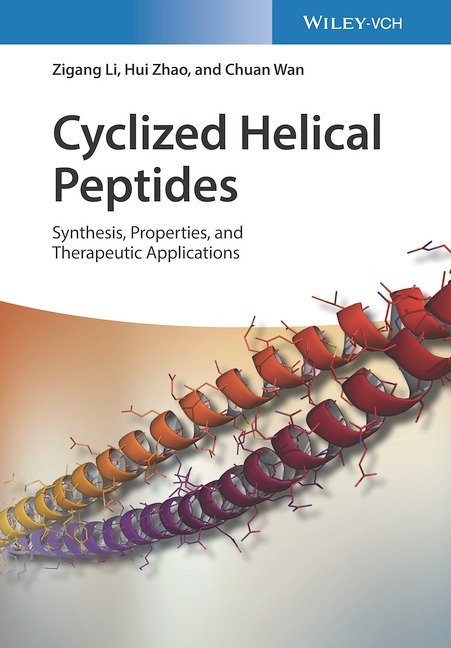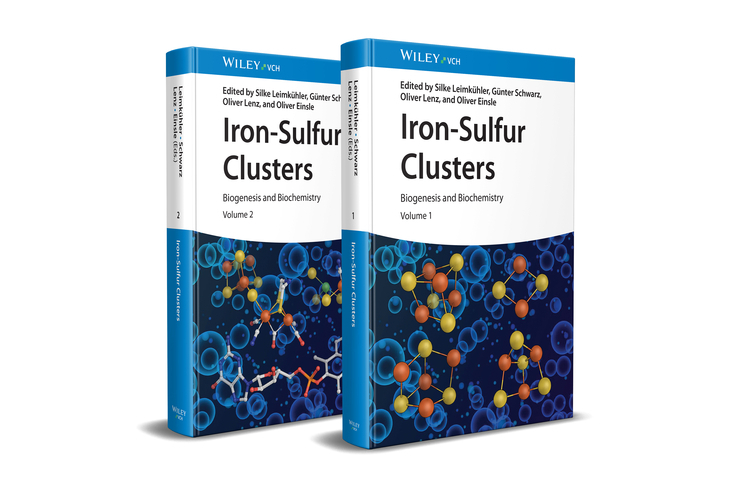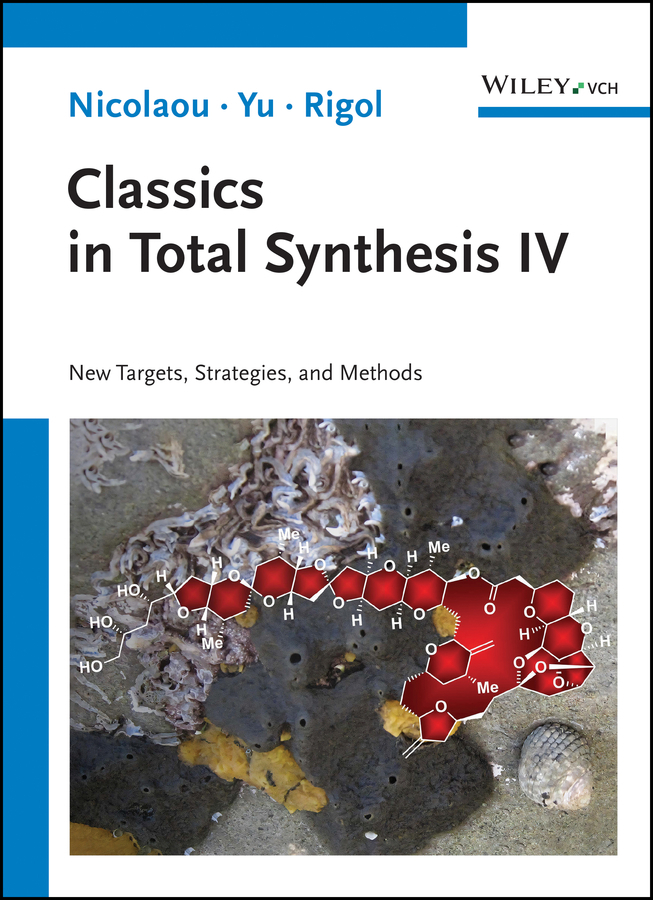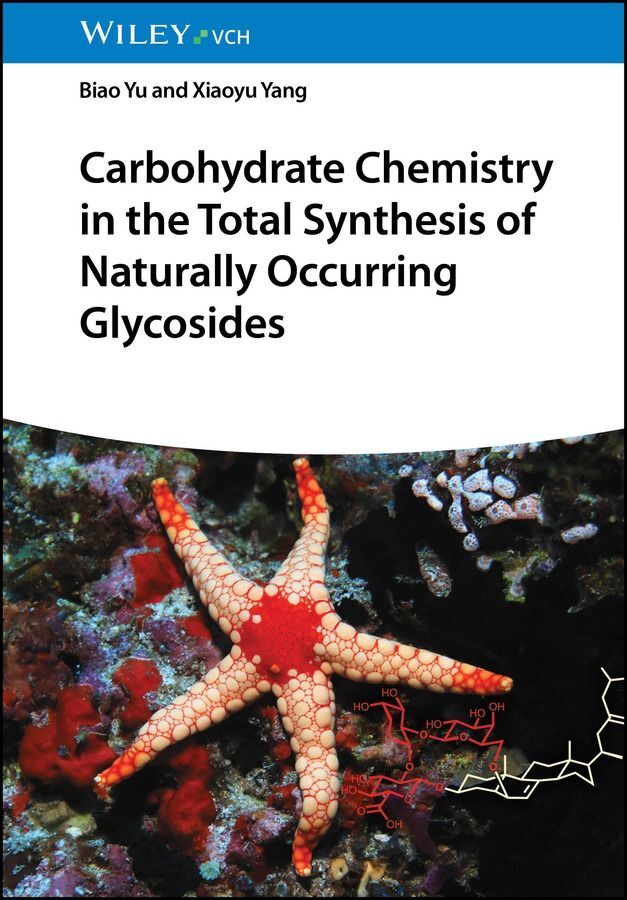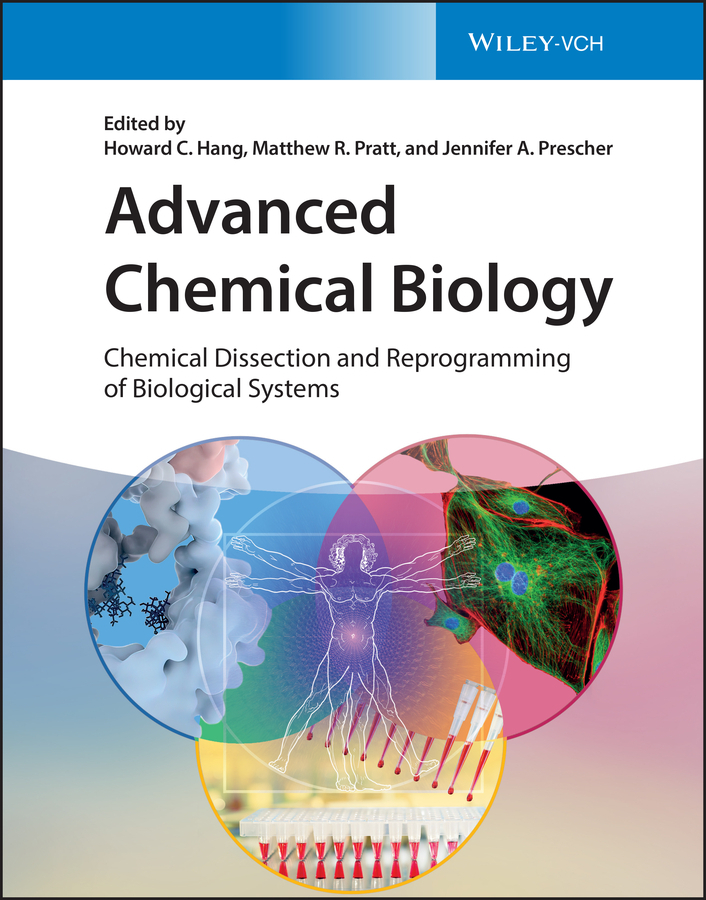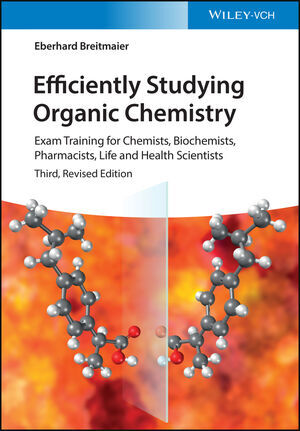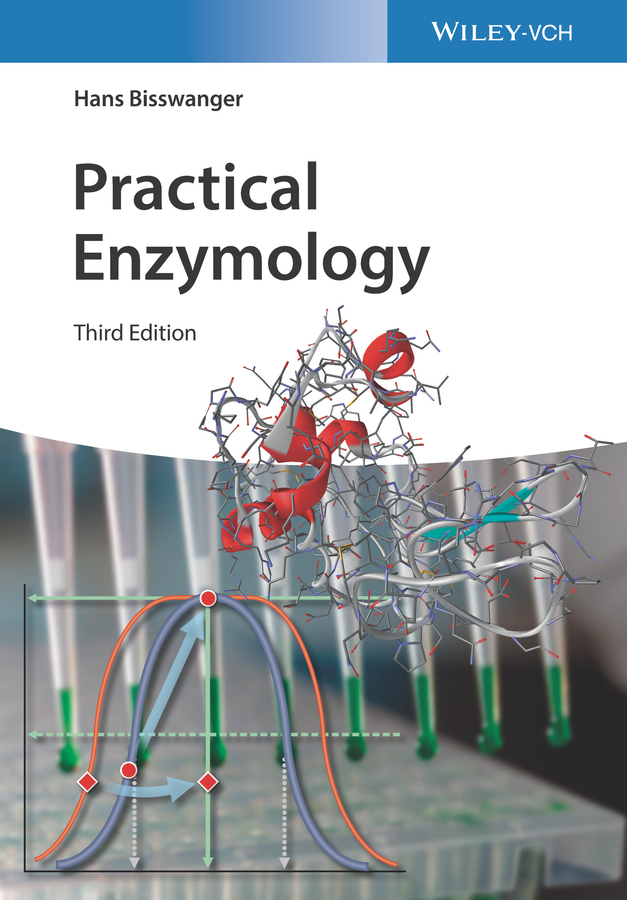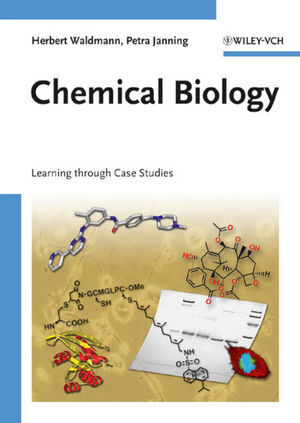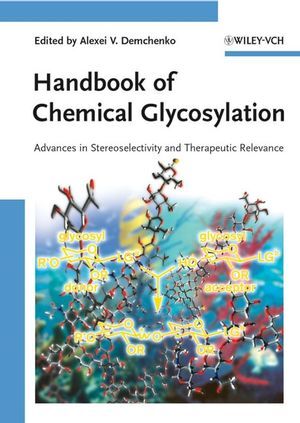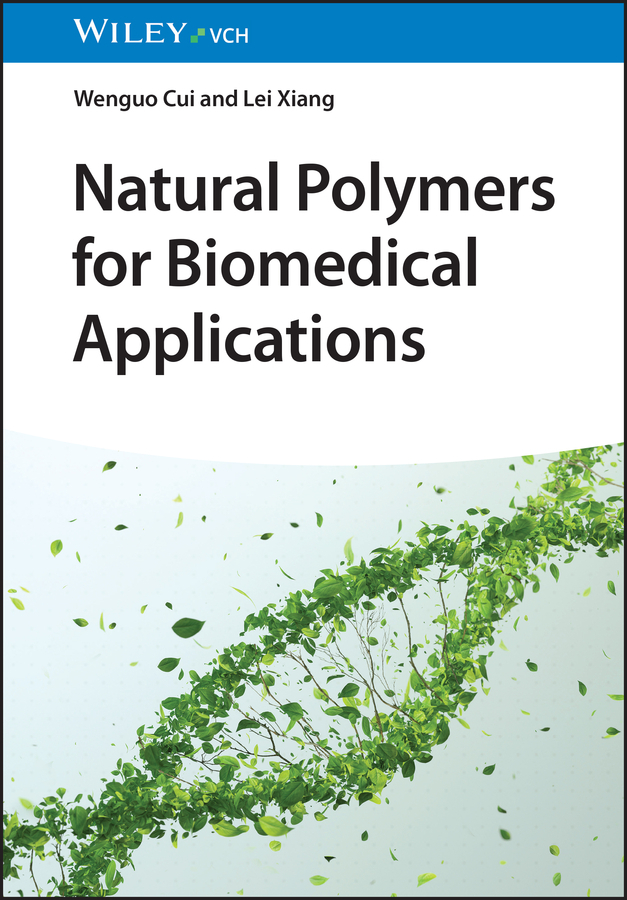Cyclized Helical Peptides
Synthesis, Properties and Therapeutic Applications
Cyclized Helical Peptides
Synthesis, Properties and Therapeutic Applications
Offers a review of the most current methodologies of constructing constrained helices.
CHAPTER 1: INTRODUCTION
CHAPTER 1: INTRODUCTION
1.1 Protein-protein interactions and their small molecule modulators
1.1.1 Characteristics of protein-protein interactions
1.1.2 Intervention of protein-protein interactions using small molecules
1.2 Features of peptide as molecular tools
1.2.1 Advantages of peptides as molecular tools
1.2.2 Disadvantages of peptides as molecular tools
1.3 Helical structures and their characterization
1.3.1 Different types of helices
1.3.2 Characterization of helical peptides
1.4 Stabilization of peptides
1.4.1 Peptide stabilization via cyclization
1.4.2 Peptide stabilization via backbone reconstruction
References
CHAPTER 2. CONSTRUCTION OF CONSTRAINED HELICES
2.1 Side-chain crosslinking
2.1.1 Disulfide bond
2.1.2 Amide and ester
2.1.3 All-hydrocarbon stapled peptide
2.1.4 Thiol-ether
2.1.5 Azole
2.2 End nucleation
2.2.1 Macrocycle based N-cap templates
2.2.2 Hydrogen Bond Mimic Approaches
2.2.3 N-terminal side chain constrains as Helix-Nucleating Templates
References
CHAPTER 3. PROPERTITIES OF STABILIZED PEPTIDES
3.1 Helicity
3.1.1 Ring size
3.1.2 Rigidity
3.1.3 Comparison
3.2 Binding affinity
3.2.1 Helicity
3.2.2 Cyclization position
3.2.3 Substitution
3.3 Cell permeability
3.3.1 Amphiphilicity: hydrophobicity & isoelectric point
3.3.2 Helicity
3.3.3 Summary
3.4 Nonspecific toxicity
3.5 Stability
3.5.1 Proteolytic stability
3.5.2 Pharmacokinetic properties
3.6 Additional features
References
CHAPTER 4. APPLICATIONS OF CONSTRAINED HELICES
4.1 Cancer
4.1.1 MDM2/X
4.1.2 B-cell lymphoma 2 (MCL-1/BCL-2/BCL-XL)-BID/Noxa/BAX/BIM/PUMA
4.1.3 NOTCH
4.1.4 Insulin receptor substrate
4.1.5 Ras
4.1.6 Rab
4.1.7 ß-catenin BCL-9/AXIN
4.1.8 Epidermal growth factor receptor
4.1.9 Estrogen Receptor
4.1.10 Hypoxia-Inducible Factor
4.1.11 Embryonic ectoderm development - Enhancer of zeste homolog
4.2 Infectious Disease
4.2.1 HIV
4.2.2 Respiratory syncytial virus F (RSV)
4.3 Metabolic Disease
4.3.1 Glucokinase-phospho-BAD
References
CHAPTER 5. STABILIZED PEPTIDE COVALENT INHIBITORS
5.1 Methodologies of peptide covalent inhibitor
5.1.1 Covalent warhead
5.1.2 Stapling method
5.2 Applications
5.2.1 BCL2 family proteins as target
5.2.2 MDM2 and MDM4 as target
5.2.3 Sulfonium tethered peptide
5.2.4 Others
CHAPTER 6. STABILIZED PEPTIDE PROTAC
6.1 Proteolysis-targeting chimera (PROTAC)
6.2 Design of peptide PROTAC
6.2.1 Exploitation of E3 ubiquitin ligase-recruiting ligand
6.2.2 Design of stabilized peptide ligand
6.2.3 Impact of linker
6.3 Therapeutic applications of stabilized peptide PROTAC
6.3.1 Targeting ERa
6.3.2 Targeting ß-catenin
CHAPTER 7. STABILIZED PEPTIDE FOR DRUG DELIVERY
7.1 Cell-permeable peptides (CPPs)
7.1.1 Classification of CPPs
7.1.2 Mechanism of cell penetration of CPPs
7.1.3 Applications of CPPs
7.2 Cell-permeable cyclic peptides (cyclic CPPs)
7.2.1 Cyclic CPPs mediated drug delivery
7.2.2 Cyclo-RGD
7.3 Co-assembly nanocarrier system
7.4 Examples of stabilized peptide drugs
CHAPTER 8. Outlook
8.1 The development of peptide-stabilizing methods
8.2 Applications of stabilized helical peptides
References
Li, Zigang
Zhao, Hui
Wan, Chuan
| ISBN | 9783527343423 |
|---|---|
| Media type | Book |
| Edition number | 1. Auflage |
| Copyright year | 2021 |
| Publisher | Wiley-VCH |
| Length | 240 pages |
| Language | English |

